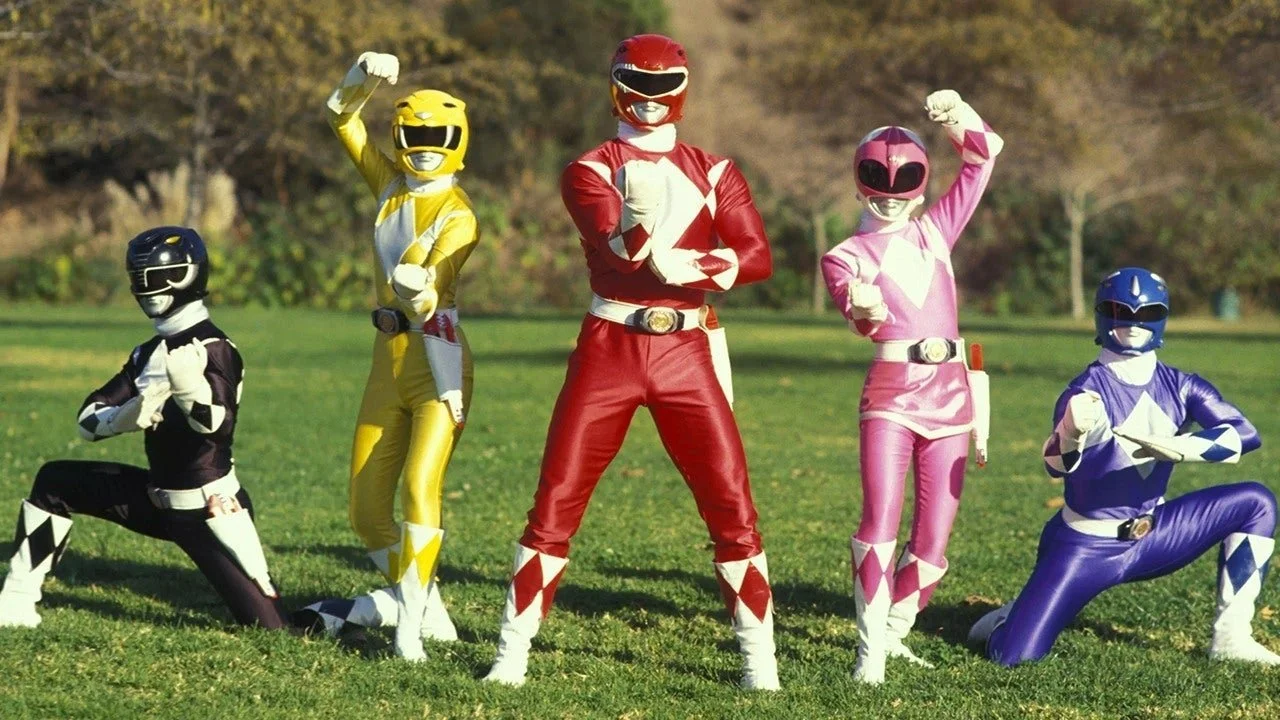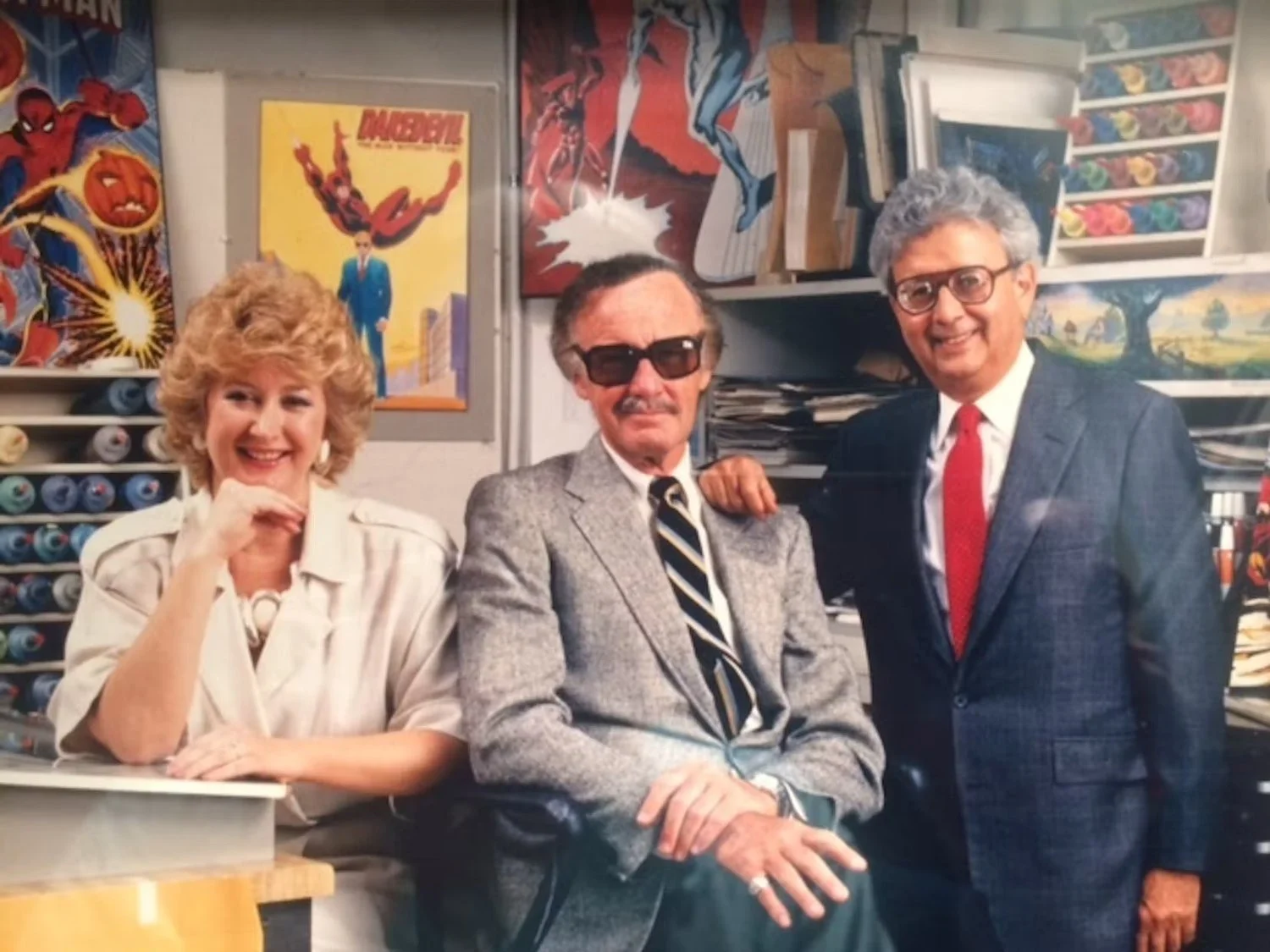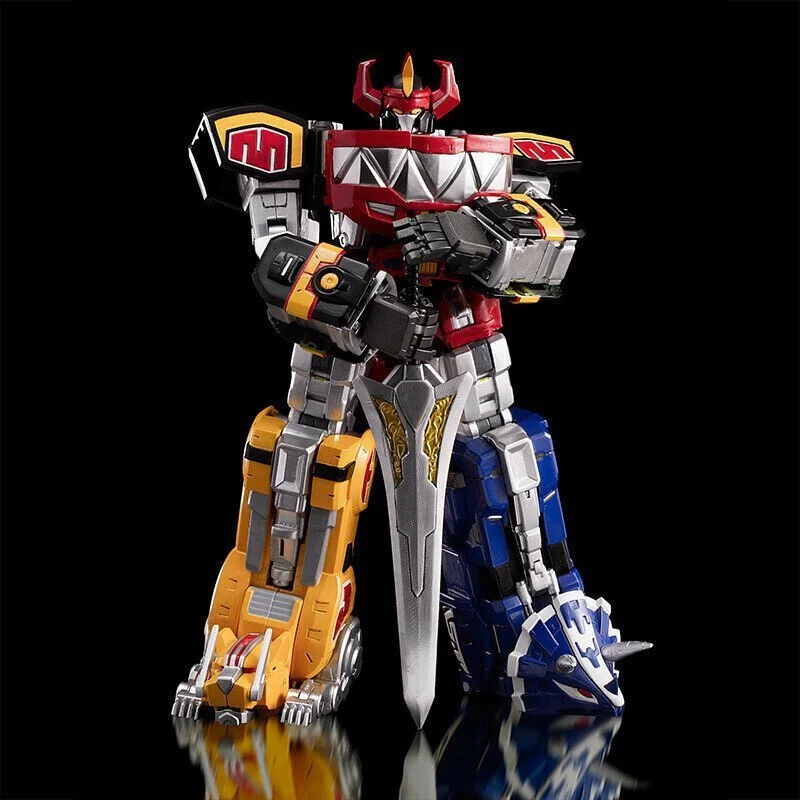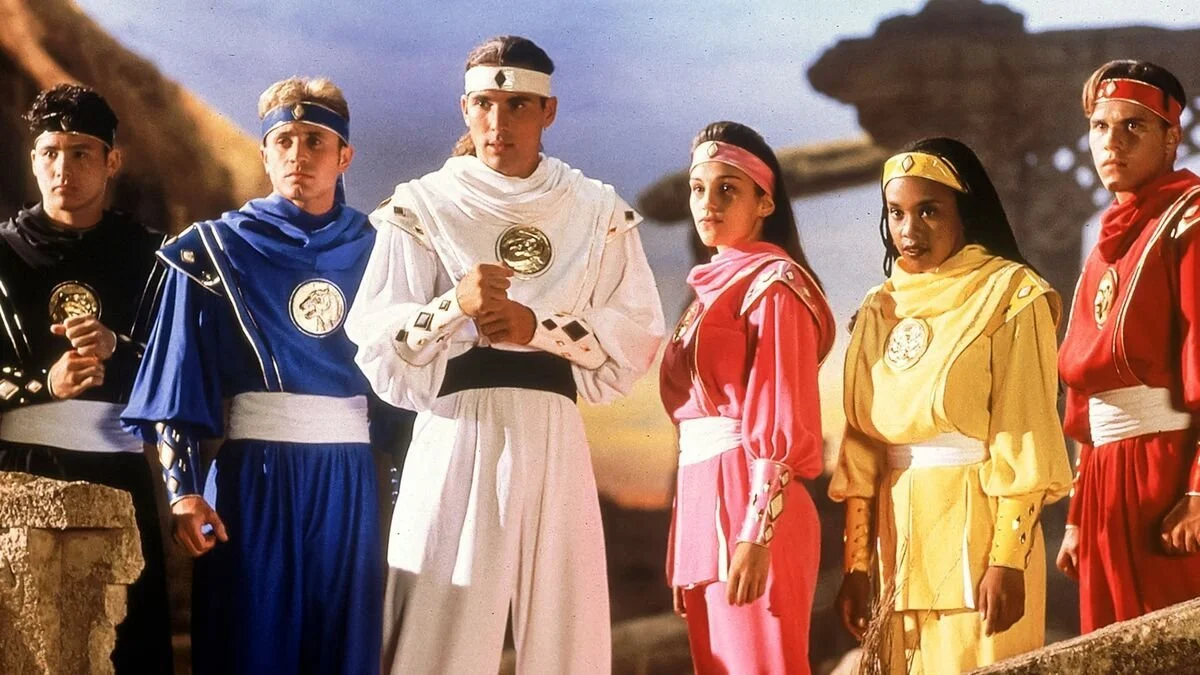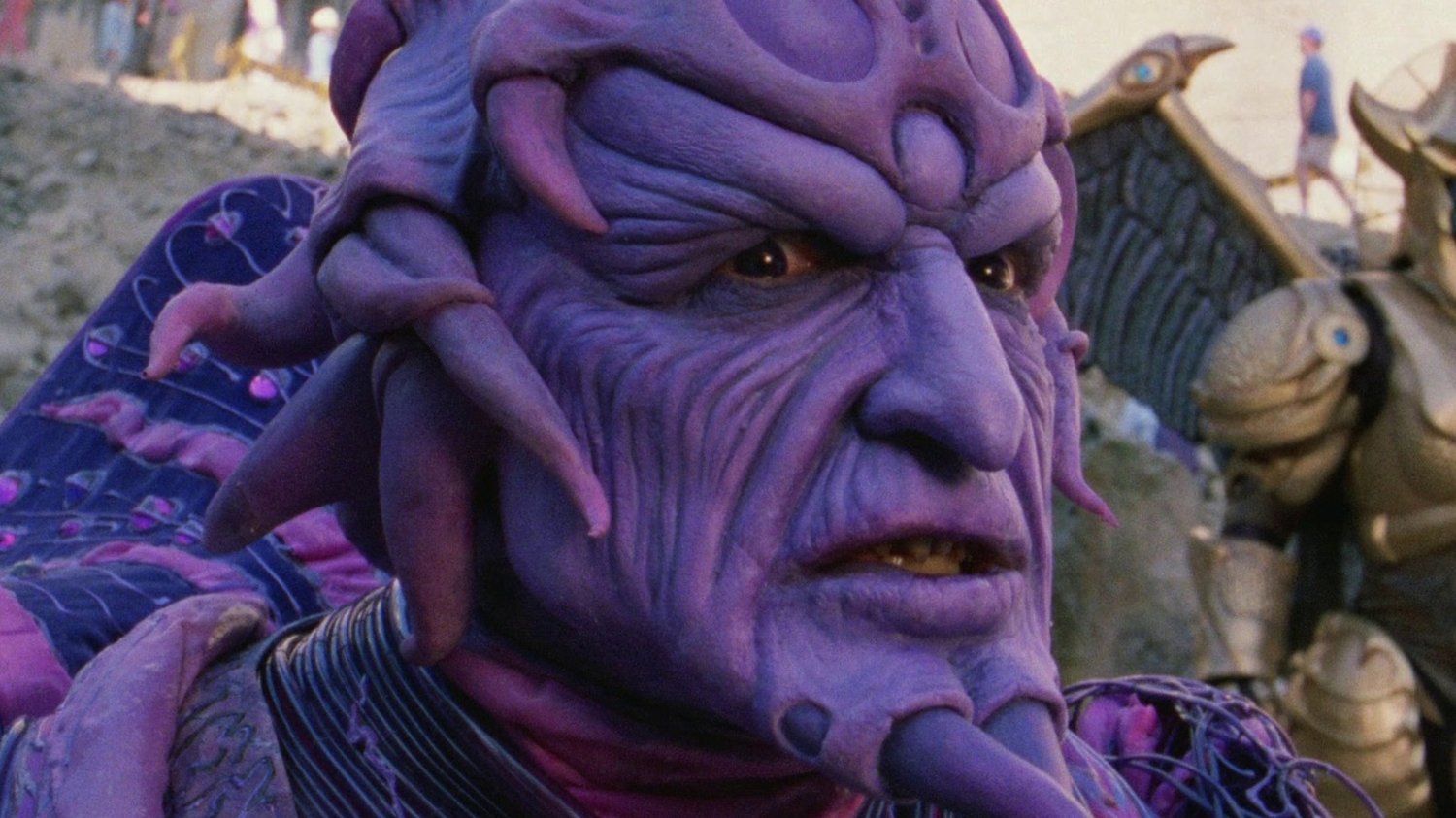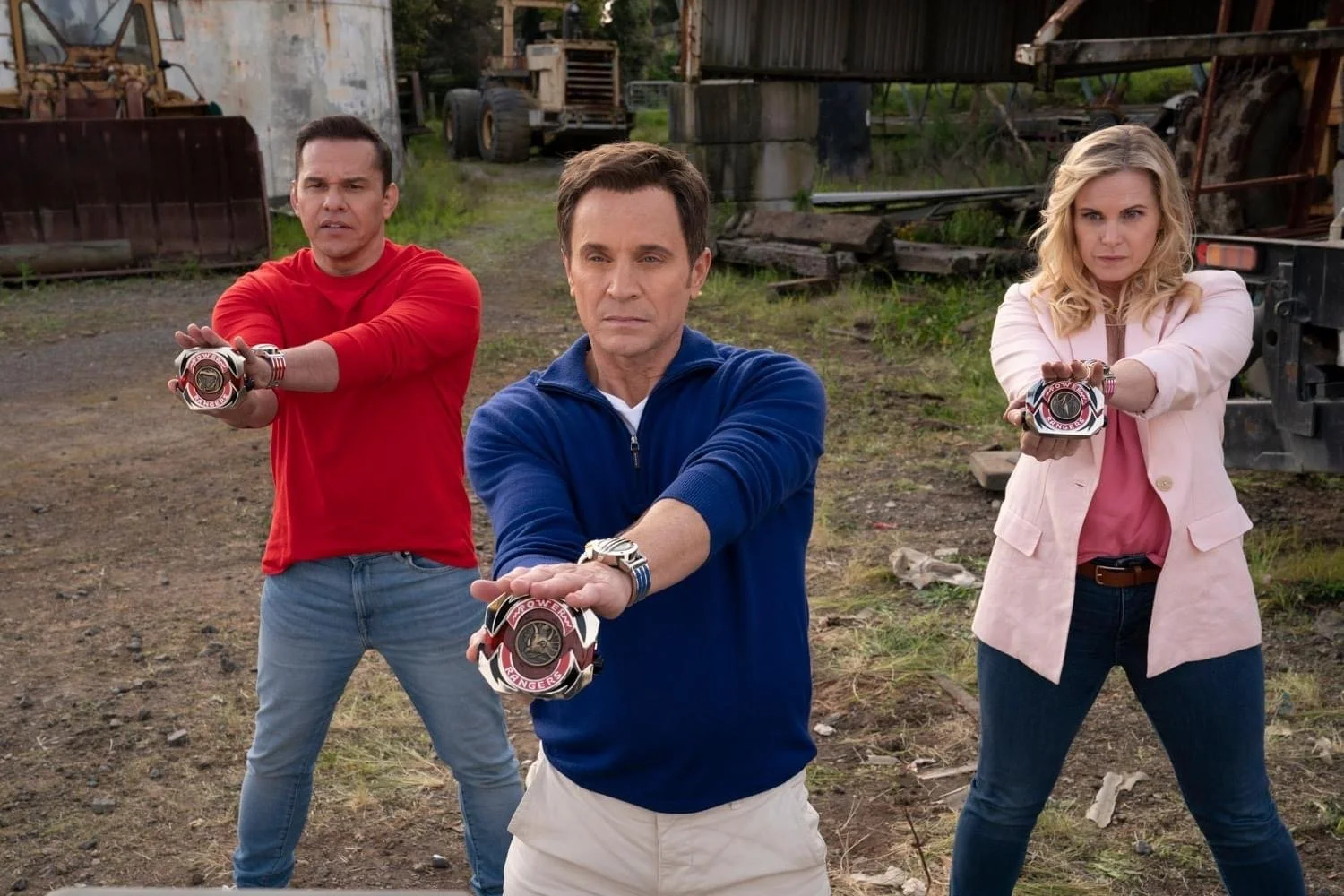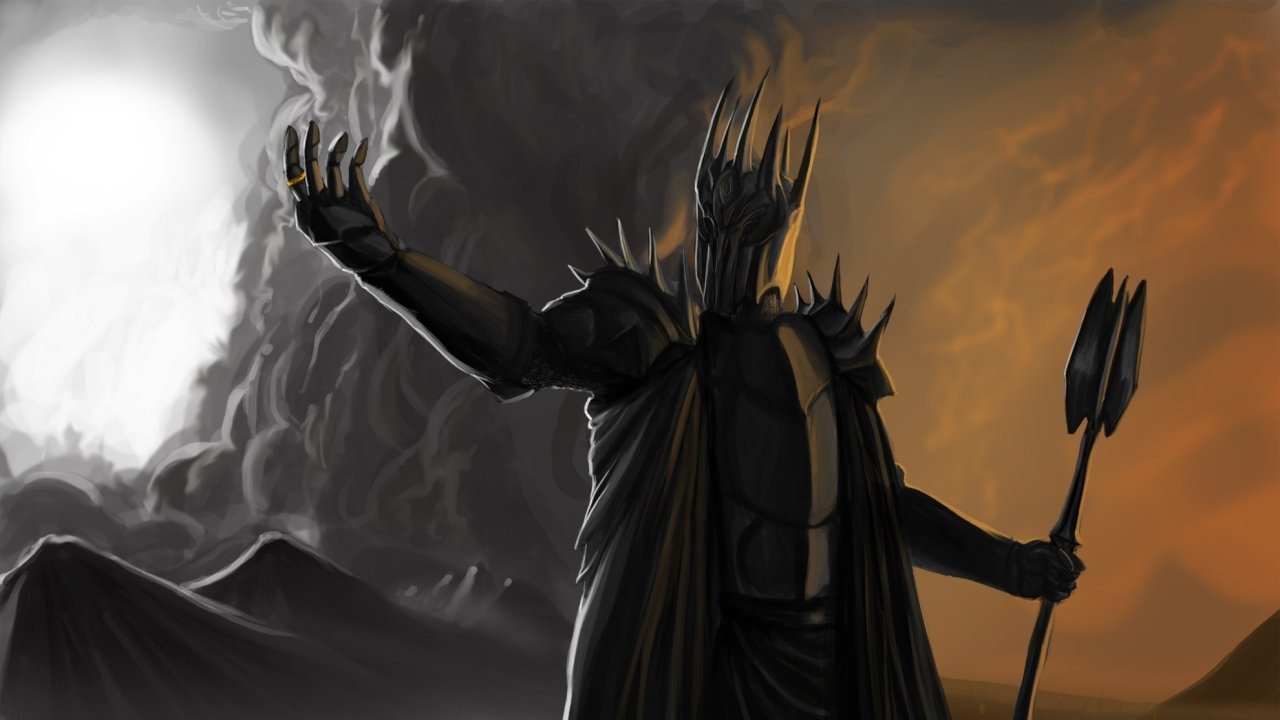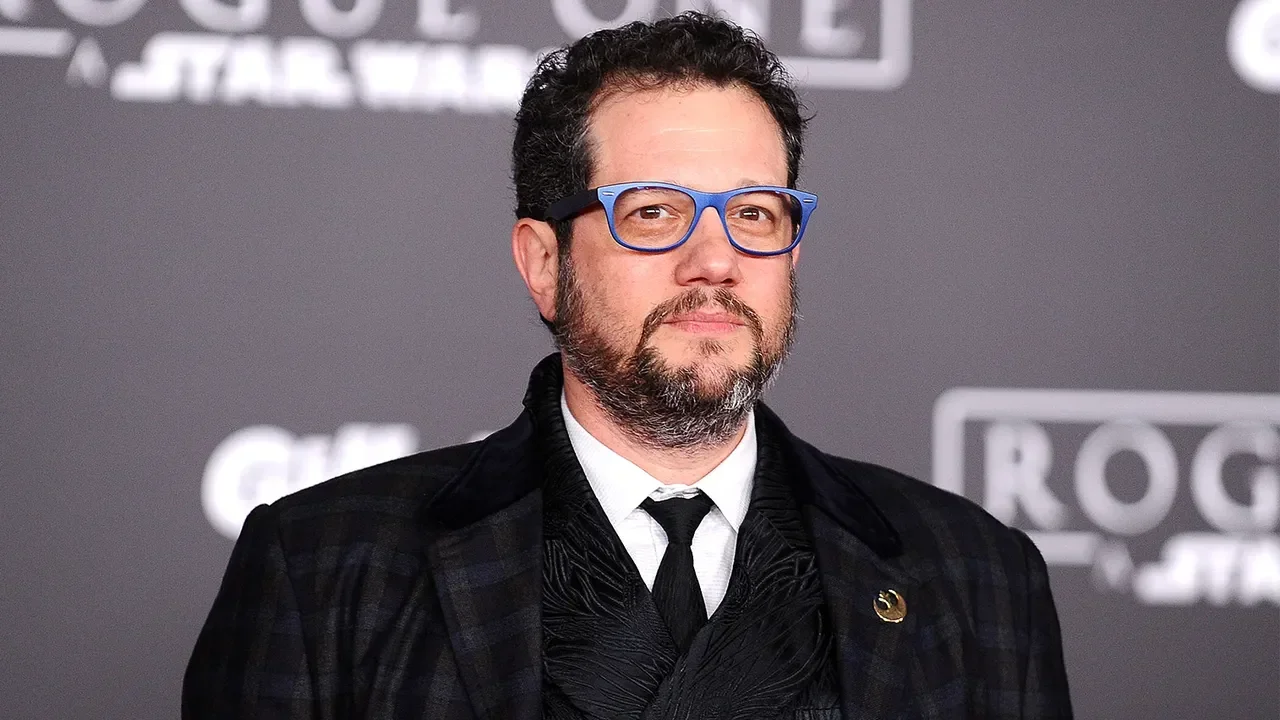Go Go: A Mighty Morphin’ Power Rangers 30th Anniversary Retrospective
Image source: IGN
On August 28th, 1993, a group of “teenagers with attitude” were transported to Zordon’s command center and into the hearts of kids everywhere. Eventually, The Mighty Morphin Power Rangers (MMPR) kicked off a franchise that is still popular today, even with numerous evolutions. Only lasting 3 seasons, MMPR remains the most popular, thanks to nostalgia and conventions. But how did we get to this point? Let’s look at the Rangers' history and how Stan Lee was somewhat involved (what?!).
Origins
When they first started, the Mighty Morphin Power Rangers weren’t the Power Rangers as we know them today. Based on Japan’s Super Sentai series Kyōryū Sentai Zyuranger, the show was part of the Toei company’s offerings of superheroes. In the late 1970s, Toei entered a partnership with Marvel Entertainment, with Toei producing their own version of Spider-Man that featured several kaiju. Marvel was given the option to repackage Toei’s originals to fit better with western audiences.
RELATED:
Enter Stan Lee.
Stan became a fan of the 1982 series of Super Sentai, Taiyo Sentai Sun Vulcan. With each series, new characters, costumes, monsters, and titles were introduced, which would become the cycle we are familiar with today. Lee brought videos to Margaret Loesch, President and CEO of Marvel Productions, who found the series to be “funny and different,” but was also concerned about it being in Japanese. Stan convinced her otherwise.
Image source: Inverse
The show aired unedited in the Los Angeles area in the mid-80s but was constantly rejected by major networks. It did, however, manage to develop a small following. In 1985, Stan Lee and Marvel Entertainment relinquished the rights to Super Sentai back to Toei. It wasn’t until the early 1990s when Haim Saban purchased the rights to Super Sentai and ended up in the office of Margaret Loesch, who was now with the Fox Kids Network and enjoying a hot streak with X-Men: The Animated Series and Spider-Man.
The show premiered on Fox Kids on August 28th, 1993, in what was considered a graveyard for children’s shows, as it aired early on a Saturday morning. Brought to life using existing footage from the original Super Sentai (dubbed in English) and new footage featuring the American actors, Mighty Morphin Power Rangers presented a unique hybrid action show that featured cheesy storylines but also taught kids that teamwork was vital.
The Show
Taking place in Angel Grove, each episode follows a fairly simple formula. The teens would have some sort of basic situation, Rita thinks up another hare-brained scheme to defeat the rangers, and make Finster create a new monster. She would then send the Putty Patrol down to start the fight, then send the main monster down to finish the rangers.
Image source: FigureKon
The rangers would fight, only to realize that they’re no match unless they combine their zords together to create the ultimate fighter: the Megazord. Once together, they can defeat the big bad and save Angel Grove once again.
The Rangers
Jason, Billy, Kimberly, Trini, and Zach, each with their own unique personalities and styles, were paired up with a prehistoric-based animal for their zords. Jason was the Red Ranger, with a Tyrannosaur, Billy was the Blue Ranger with a Triceratops, Trini was the Yellow Ranger with a Sabretooth tiger, Kimberly was the Pink Ranger with a Pterodactyl, and rounding up the group was Zack, the Black Ranger, with a Mastodon.
Jason was the team leader and had martial arts skills, Kimberly’s strong suit was gymnastics, Billy was the brains of the group, Zack was the fun-loving dancer, and Trini was the reserved, yet smart one. Tommy would eventually join the team as the Green/White ranger with a Dragonzord, but not before he was under the spell of villain Rita Repulsa.
Image source: Letterboxd
When a few of the original actors left the series, they were replaced during the first movie and then into the series. Starting with the movie, Johnny Young Bosch stepped into the role of the Black Ranger, Adam Park, Karan Ashley as Aisha Campbell, the Yellow Ranger, and Steve Cardenas as Rocky DeSantos, the Red Ranger. After actress Amy Jo Johnson stepped down as the Pink Ranger, Catherine Sutherland stepped in to become Kat Hilliard, the new Pink Ranger.
The Villains
The original villain, Rita Repulsa, was imprisoned by Zordon for thousands of years in a space dumpster that landed on the surface of the moon, only to have astronauts open the hatch and release her and her vengeance. Always by her side was Goldar, an overconfident warrior, the dim-witted duo Squatt and Baboo, and genius monster maker Finster.
Each episode featured a monster created by Finster and his Monster Maker. To say that the creators were feeling, well, creative, when they thought up the monsters, would be doing the monsters a disservice. Rita would throw her Magic Wand down to Earth shouting, “make my monster grow!” thus making the monster fighting the Rangers grow to kaiju-sized.
You had Pudgy Pig, who had an insatiable appetite, and Eye Guy, who was completely covered head-to-toe in, you guessed it, eyes. Polluticorn, a unicorn who was hell-bent on polluting the Earth despite Trini and the Clean Up Club’s best efforts. And lastly, Goo Fish, who was sent to Earth to antagonize Billy and his fear of fish.
Image source: CultureSlate
In the second season, Rita’s superior, Lord Zedd joined the fold. Along with his own brand of Putties, he took over Rita’s failed mission to take over the earth. Eventually, Rita and Zedd would marry, forming a match made in evil heaven.
In the movie, the Rangers met up with Ivan Ooze, a villain so powerful that he quickly shut down Rita and Zedd, could create his own henchmen with his spit, and destroyed the command center to the point where the Rangers almost lost Zordon.
Other Angel Grove Residents
Bulk and Skull, the bullies of the Rangers, spend every episode trying to ruin whatever the Rangers are trying to accomplish at high school. Naturally, they always fail, and they get their comeuppance with hilarious results. The slapstick comedy throughout the series kept us giggling every time Bulk and Skull couldn't finish their meals or the time when they calculated their detentions and realized that they had detention past their graduation date. #LetBulkAndSkullFinishTheirFood
Don’t forget Ernie, the owner of the Angel Grove Youth Center, provided a safe space for the kids and teens of Angel Grove to not only hang out, but also hosted charity events, school activities, and parties. Let’s not forget his awesome juice stand!
Other Media
Besides the show, MMPR was an absolute goldmine for the toy market, breaking sales records consistently throughout the 90s and beyond. Power Rangers toys made $80 million in 2012, and while that number has fluctuated, the toys have proven themselves to be a force to be reckoned with when it comes to toy sales.
Three movies based on MMPR have been released, Mighty Morphin Power Rangers, Turbo: A Power Rangers Movie, and the 2017 reboot, Power Rangers. The first movie featured a few new faces in the red, black, and yellow rangers, as the original cast members exited the show due to a discrepancy in compensation.
Image source: Looper
For quite a while, MMPR and the subsequent seasons found a home on Netflix. However, in 2021, Hasbro decided to remove everything from “Rangers in Reverse” to “Return of the Prism” from Netflix and post them to YouTube. So far, every episode through RPM is able to be watched, however Samurai and Megaforce’s 80-odd episodes have not been posted for US audiences as of writing.
The convention circuit has proven to be a driving force in keeping the love for MMPR alive, with original and other series cast members making appearances, taking pictures with fans, and autographing everything from images, helmets, toys, and even body parts that would be later turned into tattoos.
Where are they now?
Each actor went on to have different paths since their time in the zords, with Jason David Frank being the most popular. He had a career as both the Green and Red Ranger and was an MMA fighter, even going as far as creating his own blend of American Karate, "Toso Kune Do." Amy Jo Johnson has had moderate success as an actress, singer, and director. David Yost has worn many hats, including technical advisor to the show, clothing designer, and producer.
Before her untimely death, Thuy Trang had very small roles in feature films, and Walter Emmanuel Jones proved himself to be an entertainment triple threat, excelling in dancing, acting, and singing. Austin St. John walked away from acting and became a paramedic for a decade, but has since found himself in trouble with the federal government for fraud.
Image source: IMDb
Sadly, we’ve lost 2 of the original rangers. In 2001, Thuy Trang, who played Trini the Yellow Ranger died after sustaining traumatic injuries in a car accident. In 2022, Jason David Frank, who played Tommy the Green Ranger, died of suicide. With the 30th anniversary special, Mighty Morphin Power Rangers: Once & Always, set to be released this year, there is at least a tribute to the late Thuy Trang, as the Yellow Ranger will be the daughter of Trini’s character.
The Mighty Morphin Power Rangers, while one of many, has stood the test of time, to the point where the children who watched the original run are now introducing their children to the series, and taking them to conventions to hear the original Rangers shout, “IT’S MORPHIN’ TIME!”
READ NEXT:
Sources: Power Rangers Fandom, ScreenRant, Variety, LA Times, Hollywood Reporter, Entertainment Weekly [1], [2]

